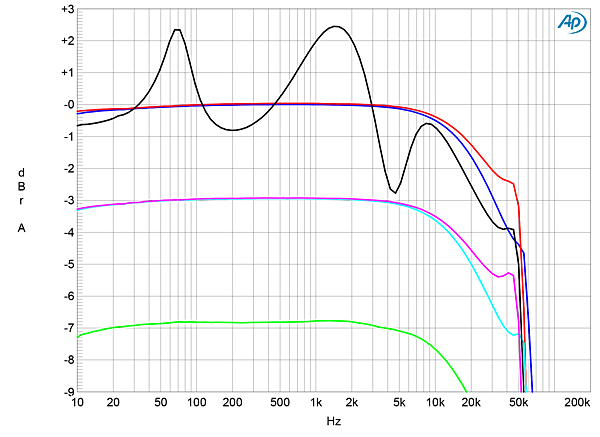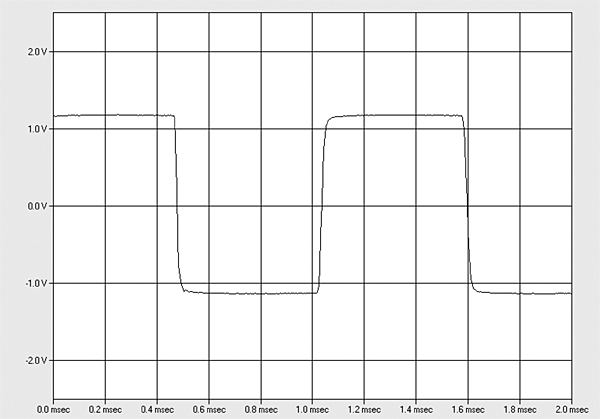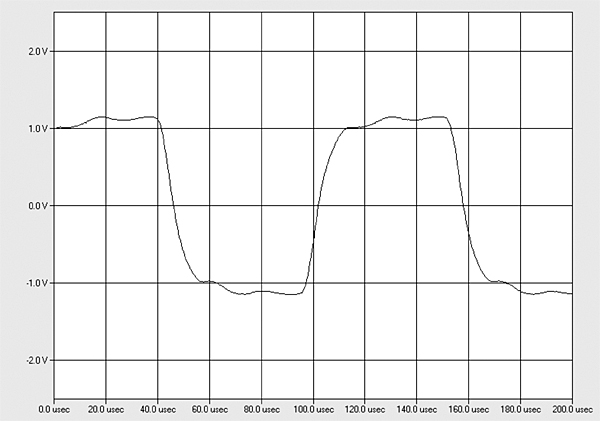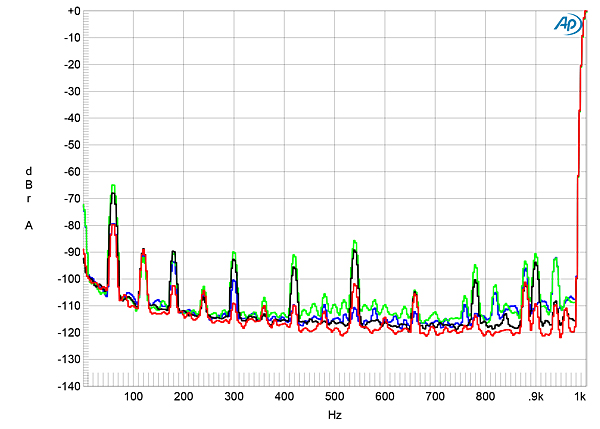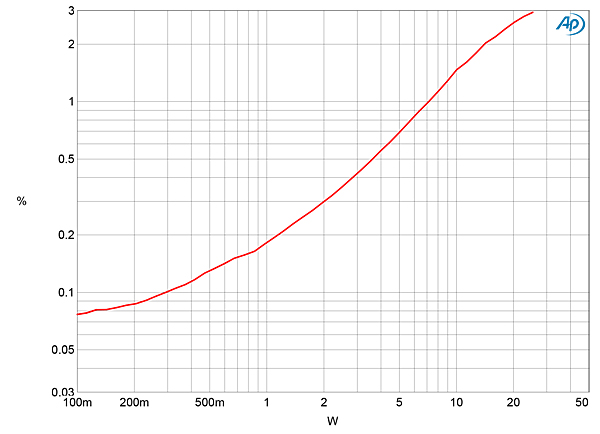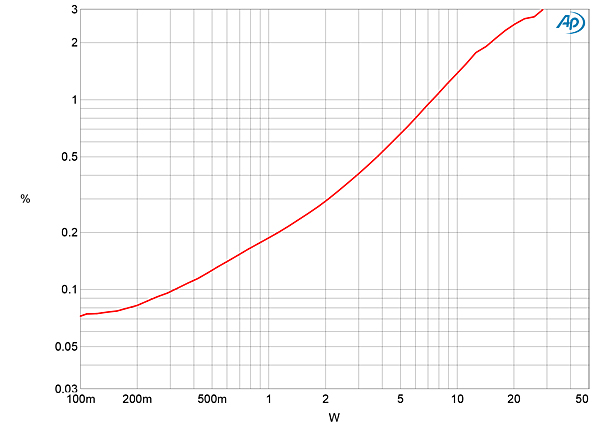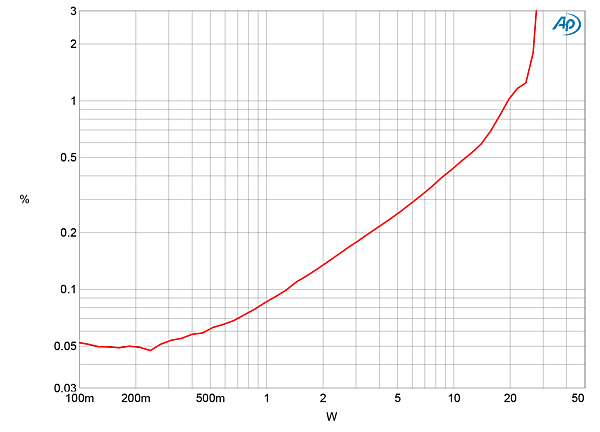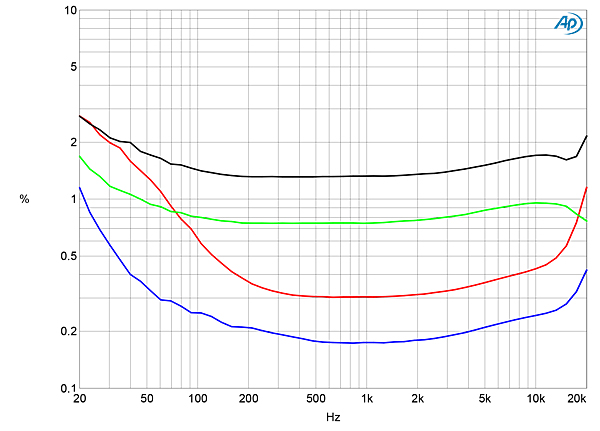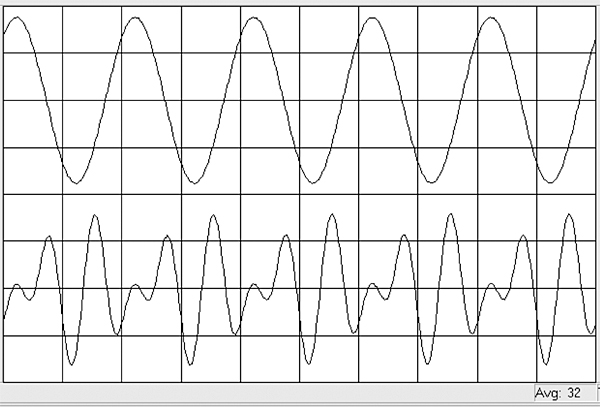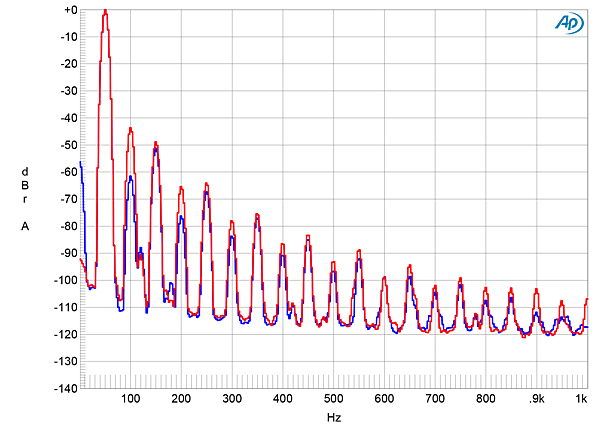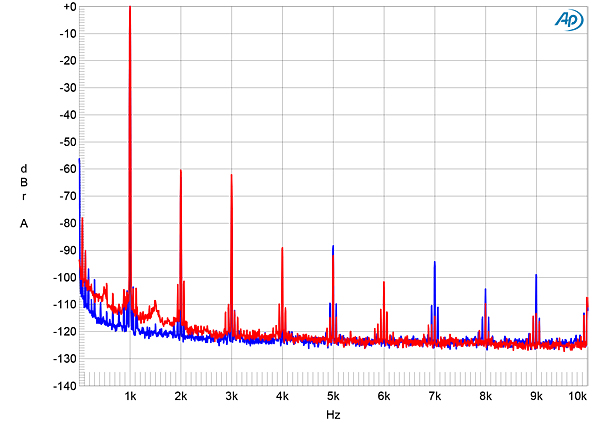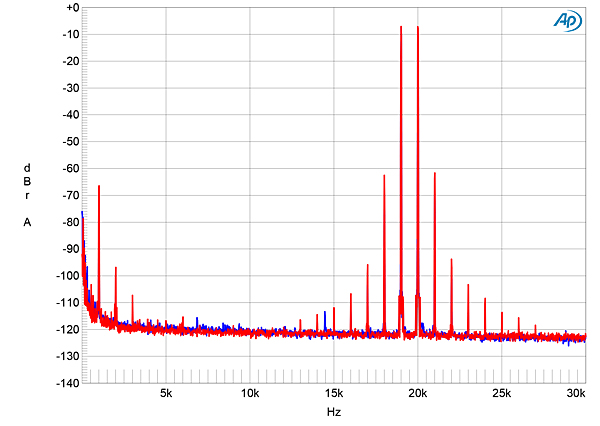| Columns Retired Columns & Blogs |
Hi
Don't hold yr breath on Chinese-made tubes. Lower cost shorter life-span. No miracles !
Such 6-month short short warranty should have already hinted the consumers what would happen sooner or later.
FYI, the 50-plus-year-young Telefunken ECC83s & then-brand-new made-in-Geat-Brtain Mullard ECC82s used in my phono-preamp for some 7 years, operating quite many hours week-in week-out. They still make me good classical music - nooo problem.
Brandnames speak !
Listening is believing
Jack L
